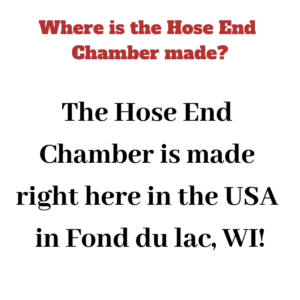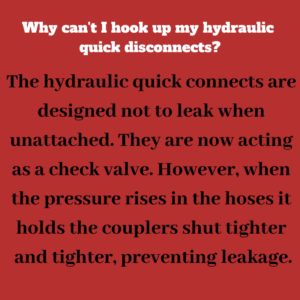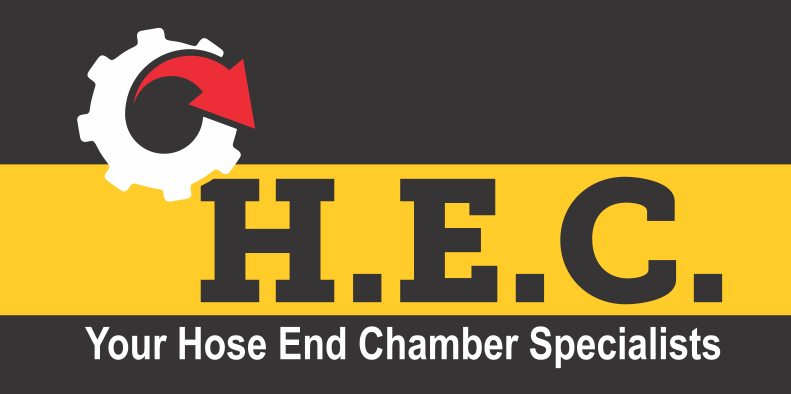 How does thermal expansion happen to my implement or attachment when it’s not even being used?
How does thermal expansion happen to my implement or attachment when it’s not even being used?
The temperature throughout the day or night is constantly changing. Overnight temperatures are typically cooler. Then, in the morning, the days temperature begins to rise which causes your hydraulic fluid in the implement or attachment to also rise.
 Why is thermal expansion a problem for my implement but not my tractor, skid-loader, etc.?
Why is thermal expansion a problem for my implement but not my tractor, skid-loader, etc.?
When your tractor is not being used it also has thermal expansion, but your tractor has a hydraulic reservoir. There is just enough internal leakage to allow the expansion back into the tractors hydraulic reservoir without any problems.
Why is this thermal expansion a problem for a system designed for high pressure?
When your implement or attachment is attached to the tractor, it is being protected from over pressure by the tractor’s relief valve. When your implement or attachment is unhooked from the tractor, it no longer has any over pressure protection, and the pressure increase from thermal expansion goes a lot higher than most people ever imagined which can damage your hoses and seals.
 How does the Hose End Chamber solve these problems?
How does the Hose End Chamber solve these problems?
Attaching the Hose End Chamber to your implement or attachment is like hooking it back up to the tractor’s reservoir. It gives the expansion of your hydraulic fluid a place to go which prevents over pressure problems that shortens its life cycle and allows you to reattach your hydraulic lines without issue.
Can I just plumb the Hose End Chamber permanently into my hydraulic implement?
Short answer, no. The Hose End Chamber is to be put on your hydraulic implements while not in use. Having an expansion chamber or reservoir in your implement or attachment permanently would adversely affect the performance of the implement. So, the most effective, easiest and least expensive solution is what we call the “Plug in and Protect” method. It’s a simple new habit of hooking your Hose End Chamber onto your implement hose while you unhook it from your (tractor, skid-loader etc). Then, just reverse this when you need your implement again.
Why do I have trouble with some of my implements but not all of them?
In testing and the development of this product, we have found pressure builds up in all unhooked implements with the exception of two scenarios. The first being an implement that has a leak (which is not good), it will not build pressure. The second being an implement that is still in the cool down phase, but these can build pressure at a later time instead. All other implements need the Hose End Chamber to prevent this pressure build up.
Will my hydraulic quick connects last longer when using the Hose End Chamber?
Yes. If you are continually pounding and forcing your quick couplers to try and attach the hoses, it is very hard on them. So, using the Hose End Chamber allows for easier coupling, which saves them from that wear and tear.
How do I use the Hose End Chamber when the hydraulics are holding the machine up?
The Hose End Chamber would be installed in the opposite hydraulic hose, which will prevent the pressure in the system from going higher than what is needed to hold the machine up.
